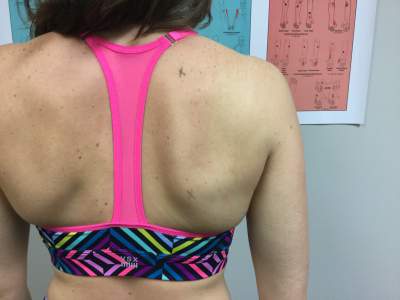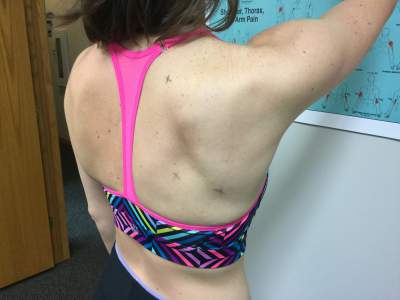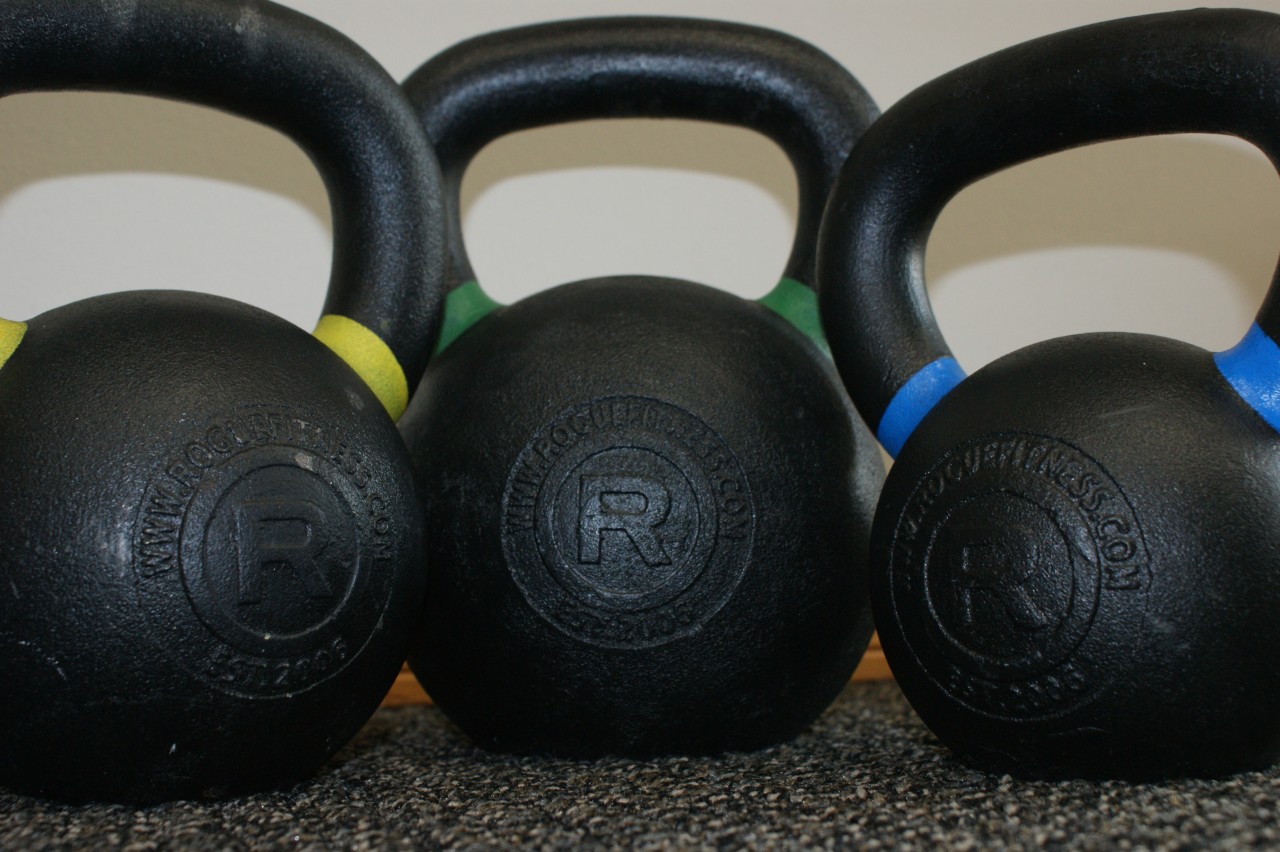A Missing Link in Shoulder Stability & Function
Waiter Walks: A missing shoulder "Pre-hab" exercise
The waiter walk is a wonderful exercise to add to your upper body workout regiment, but I rarely see it utilized within the health & wellness community or at local gyms. As a strength coach, physical therapist, chiropractor, average gym goer, or anything-in-between, this exercise is a must add, especially if you are training for any overhead tasks.
Respect the Weight
Begin by grabbing a light dumbbell or kettlebell. I prefer the kettlebell due to its weight-distribution in the hand, but more on this in a bit. The most important factor determining success or failure with this exercise, is respect for the weight. You can always work up to more weight; this is the easy part. But try putting your ego aside and working on the mechanics first; this will be the difficult part. When weight is added too quickly, or is too much to keep proper form, progress & gains are halted.
Shoulder Dynamics
Bring the weight up to a front rack position, in line with the top of your shoulder. Press the weight upward until your upper arm is roughly parallel to the floor and your forearm is perpendicular to the floor. In order to achieve this position, your shoulder blade must upwardly rotate (See photos). The first picture illustrates the resting position of the shoulder blade with the hand next to the side. As the arm is raised, the shoulder blade has to rotate, referred to as upward rotation. You can see the top "X" remains ina similar position and is viewed as the center of rotation. For the arm to correctly achieve a position overhead, the shoulder blade has to rotate properly. This is demonstrated with the lower "X" and is also helpful to prevent numerous shoulder injuries. You can feel this by placing your right hand under your left armpit and slowly raising your left arm. You should feel your shoulder blade poking into your hand when your upper arm becomes parallel to the floor.


Proper Form
If your elbow is too bent, you will notice a kink in your wrist so be aware. The position of your arm is an extremely important factor in the functional ability of your muscles. As I mentioned, I prefer a kettlebell over a dumbbell because of wrist positioning. With a dumbbell, you may notice your wrist/hand bending backward to keep the bar of the dumbbell in line with your forearm. This creates different tension in the muscles between the front and back of the forearm. With a kettlebell, you distribute tension more evenly, affecting the position and activation of the muscles within your shoulder and back.
In this position, take your non-supporting hand and place it at the bottom front of your ribs. Keep your rib cage locked down with your core. The amount of core engagement depends on the amount of weight used; increased weight will activate your core more. However, this is not the main goal of this exercise. The main goal of waiter walks is to engage the whole body musculature and neurology during a single exercise. Last step is simple; walk.
The following is a video demonstrating the waiter walk without any dialogue.
This next video shows the exercise and discusses proper positioning of the shoulder, elbow, wrist, and rib cage.
Wrap up
When the upper arm is parallel to the floor, the shoulder blade is in a slight upwardly-rotated position, engaging the shoulder girdle muscles in a unique way. There has been a rise in overhead lifting, which is wonderful for the fitness industry because it challenges how we view movement as a whole-body-experience. The brain does not recognize muscle activation in isolation; meaning the brain always activates muscles in chains or groups regardless if you are conscious of this phenomenon or not. However, due to lifestyle factors, many people do not train the shoulders dynamically, They are unable to achieve upward rotation efficiently before applying maximal weight. This leads to numerous amounts of shoulder injuries such as: tendonitis, labral tears, rotator cuff tears, bicep tears, and many other preventable injuries. This exercise can help bridge the gap between proper shoulder activation, health & performance.
About the author
Dr. Keith Sparks is an award-winning chiropractor, functional medicine expert, and the co-founder of ICT Muscle & Joint Clinic. Dr. Sparks’ emphasis of care originated within the fields of rehabilitation, soft-tissue therapies, and chiropractic. To date, he has brought this unique combination of skills into union with functional medicine. The sole purpose of intertwining these distinct skills, knowledge, and services is to provide incomparable care to his local community. Dr. Keith Sparks is often seen in the Wichita, KS community speaking at business events and teaching health and performance classes.
